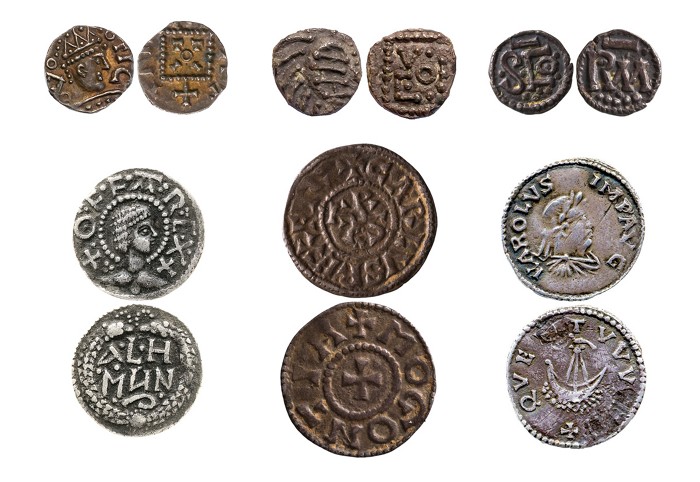Advertisement
Grab your lab coat. Let's get started
Welcome!
Welcome!
Create an account below to get 6 C&EN articles per month, receive newsletters and more - all free.
It seems this is your first time logging in online. Please enter the following information to continue.
As an ACS member you automatically get access to this site. All we need is few more details to create your reading experience.
Not you? Sign in with a different account.
Not you? Sign in with a different account.
ERROR 1
ERROR 1
ERROR 2
ERROR 2
ERROR 2
ERROR 2
ERROR 2
Password and Confirm password must match.
If you have an ACS member number, please enter it here so we can link this account to your membership. (optional)
ERROR 2
ACS values your privacy. By submitting your information, you are gaining access to C&EN and subscribing to our weekly newsletter. We use the information you provide to make your reading experience better, and we will never sell your data to third party members.
Art & Artifacts
Solving the chrome-plating mystery of the terra-cotta army
Coating on 2,200-year-old bronze weapons comes from lacquer
by Laura Howes
April 12, 2019
| A version of this story appeared in
Volume 97, Issue 15

In 1974, a Chinese farmer found fragments of a crushed terra-cotta warrior while digging a well. That find led archaeologists to unearth over 6,000 terra-cotta figures guarding the tomb of Emperor Qin. And all those warriors needed weapons—weapons that have remained remarkably well preserved for over 2,000 years. Previous analysis found layers of chromium oxide on the blades and spears of the warriors, leading many to suggest that ancient Chinese manufacturers used a form of chrome plating to protect the bronze weaponry. New research suggests a different source (Sci. Rep. 2019, DOI: 10.1038/s41598-019-40613-7). Researchers at University College London and the Emperor Qin Shihuang’s Mausoleum Site Museum found that the chromium is mainly located where the metal would have connected to handles, shafts, fittings, and fasteners. Further analysis revealed that the lacquer on those parts was the source of the chromium. The exceptional preservation, the researchers say, is due to the dry alkaline dirt in which the finds were buried.



Join the conversation
Contact the reporter
Submit a Letter to the Editor for publication
Engage with us on Twitter